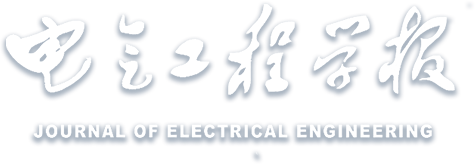Abstract:
Lithium-ion capacitors and other electrochemical energy storage devices suffer from significant active lithium loss during the initial charging process, leading to low Coulombic efficiency and poor cycle life in practical applications. Prelithiation technology effectively enhances the practical service life of these devices by expanding the voltage window, mitigating lithium-ion concentration fluctuations within the electrolyte, and reducing resistance. Consequently, it finds widespread application in electrochemical energy storage devices like lithium-ion capacitors and lithium-ion batteries. Prelithiation methods, detailing their mechanisms and applications across various electrochemical energy storage devices are comprehensively reviewed from the perspectives of the cathode, anode, electrolyte, binder, separator, and current collector. Considering safety, ease of operation, and cost, the use of high-specific-capacity, low-decomposition-voltage prelithiation additives on the cathode side emerges as a promising strategy. This approach effectively mitigates initial active lithium loss, improves poor cycling stability and low energy density, and shows significant potential for large-scale applications.


 下载:
下载: